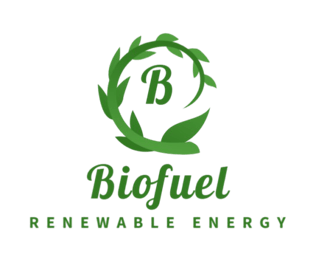Email: info@biofuelgen.com
Biofuel Market
The global biofuels market has experienced significant growth in recent years, driven by increasing energy security concerns, volatility in oil prices, and government incentives. In 2024, the market was valued at $175.24 billion and is projected to reach $188.9 billion in 2025, reflecting a compound annual growth rate (CAGR) of 7.8%. Looking further ahead, the market is expected to expand to $258.09 billion by 2029, with a CAGR of 8.1% during the forecast period.
Europe
Europe has been a significant player in the biofuels market, with Germany leading as the largest producer within the European Union. In 2021, Germany's biofuel production reached 54 thousand barrels per day, accounting for 4% of global biofuel production.
The region's commitment to renewable energy and stringent environmental regulations have fostered a conducive environment for biofuel adoption.
Japan
Japan has been actively expanding its bioenergy capacity. As of February 2025, the country has 1,200 MW of bioenergy projects under construction, which, upon completion, will increase its bioenergy capacity by 36%.
This expansion underscores Japan's efforts to diversify its energy sources and reduce carbon emissions.
South Korea
South Korea has been a significant importer of biomass, primarily wood pellets, to meet its renewable energy targets. However, due to concerns over deforestation and carbon emissions, the government announced plans in February 2025 to reduce subsidies for biomass energy. This policy shift aims to promote more sustainable energy practices while addressing environmental concerns associated with biomass production.
China
China's biodiesel industry has faced challenges due to international trade policies. In August 2024, the European Union imposed anti-dumping tariffs of up to 36.4% on Chinese biodiesel, leading producers to seek alternative markets in Asia and explore other biofuels, such as sustainable aviation fuel. This shift highlights the industry's adaptability and China's commitment to maintaining its position in the global biofuels market.
Developed Countries
In developed economies, biofuel demand is expected to increase by 11% by 2024, with nearly 60% of this demand originating from these regions. The United States, Brazil, Europe, and Indonesia remain dominant markets, collectively accounting for 85% of total biofuel demand. This growth is driven by renewable energy targets, advancements in feedstock production, and increasing public awareness of environmental issues.
Overall, the biofuels market is poised for robust growth across various regions, supported by favorable policies, technological advancements, and a global shift towards sustainable energy sources.
Cashew Nut Shell Oil (CNSL) is a dark brown viscous liquid extracted from the shell of cashew nuts. It is a by-product of the cashew processing industry and has many industrial applications.
Main Ingredients:
CNSL mainly consists of phenolic compounds, of which cardanol, cardol, anacardic acid and 2-methylcardol are the main components.
Characteristics:
CNSL is a viscous liquid, corrosive and has a characteristic odor.
It is insoluble in water but soluble in many organic solvents.
Applications:
CNSL is widely used in the production of plastics, paints, varnishes, friction materials and chemicals.
It is also used as a biofuel and in the production of pharmaceutical products.
Crude Cashew Nut Shell Oil (CNSL)
Note:
Crude CNSL can cause skin irritation, so it should be handled with care.
CNSL is considered the leading alternative energy source in industrial production.
Crude Cashew Nut Shell Oil (CNSL)
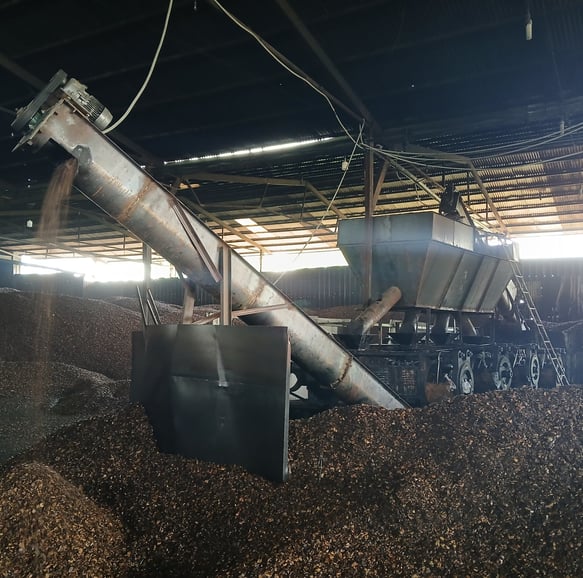

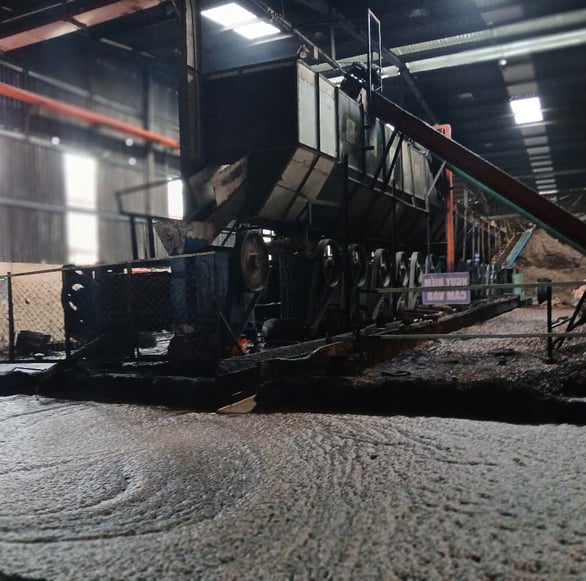

Cashew bagasse (pressed cashew shell) is the residue left after the cashew shell is pressed to obtain cashew shell oil (CNSL). It is a by-product of the cashew processing industry and has many different applications.
Characteristics of cashew bagasse:
Composition:
Cashew bagasse contains fibers, lignin, cellulose and a small amount of residual oil.
It may also contain other impurities from the pressing process.
Properties:
Cashew bagasse is usually fibrous, dark brown in color.
It can be pressed into blocks or used in bulk form.
Applications of cashew bagasse:
Fuel:
Cashew bagasse is a good source of biomass fuel due to its high calorie content.
It is used as boiler fuel in industries.
Construction materials:
Cashew bagasse can be used to produce industrial plywood.
It can also be used as insulation material.
Fertilizer:
Cashew residue can be used as an organic fertilizer for plants.
Other applications:
Cashew residue can also be used to produce activated carbon.
In summary:
Cashew residue is a valuable by-product that can be used in a variety of applications.
Cashew bagasse


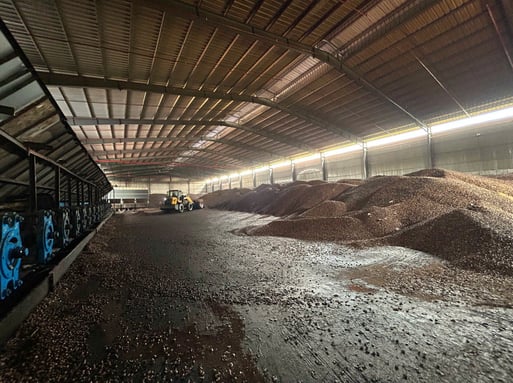

Refined CNSL is crude cashew nut shell oil (CNSL) that has undergone processing to remove impurities and improve its quality. This refining process makes CNSL more suitable for many industrial applications.
The CNSL refining process includes the following steps:
Filtering: Removes solid residues and impurities.
Distillation: Separates different components of CNSL based on their boiling points.
Chemical treatment: Removes unwanted compounds and improves the stability of CNSL.
Refined CNSL has the following characteristics:
Brighter color than crude CNSL.
Lower viscosity.
Less odor.
Higher purity.
Applications of refined CNSL:
Producing phenolic resins: Refined CNSL is an important raw material for the production of phenolic resins, which are used in many applications such as insulation materials, friction materials, and adhesives.
Coating materials production: Refined CNSL is used to produce paints, varnishes and other coating materials.
Chemical production: Refined CNSL is used as a raw material for the production of many different chemicals.
Applications in the pharmaceutical industry.
Note:
Refined CNSL can still cause skin irritation, so it must be handled with care.
Refined CNSL has many industrial applications, contributing to the creation of high-quality products.
Refined CNSL


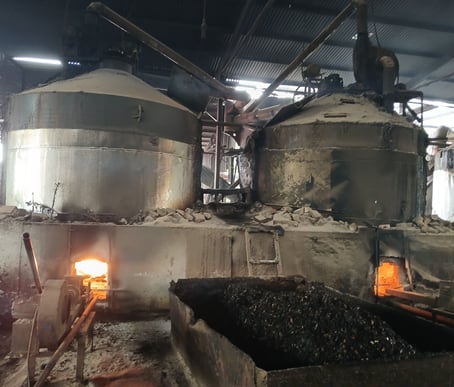

Degummed CNSL is cashew nut shell oil (CNSL) that has undergone the degumming process. This is an important processing step to remove gum impurities present in raw CNSL, which helps to improve the quality and purity of the oil.
Degumming process:
This process usually involves the use of acids or other chemicals to precipitate and remove impurities such as phosphatides, proteins and other undesirable compounds.
The main purpose is to minimize the formation of residues and improve the stability of CNSL in subsequent applications.
Characteristics of Degummed CNSL:
Reduced impurity content.
Improved transparency and color.
Increased stability, especially in high temperature applications.
Applications:
Degummed CNSL is an important input material for further refining processes, such as distillation and chemical processing, to produce high-quality CNSL products.
It is used in the production of plastics, coatings, and other industrial applications.
Degummed CNSL is typically brighter in color and has less residue.
For visualization, you can search for the image of "refined CNSL", as the degumming process is an important step in the refining process.
In summary:
Degummed CNSL is an important pretreatment step to improve the quality of CNSL, making it more suitable for many industrial applications.
Degummed CNSL


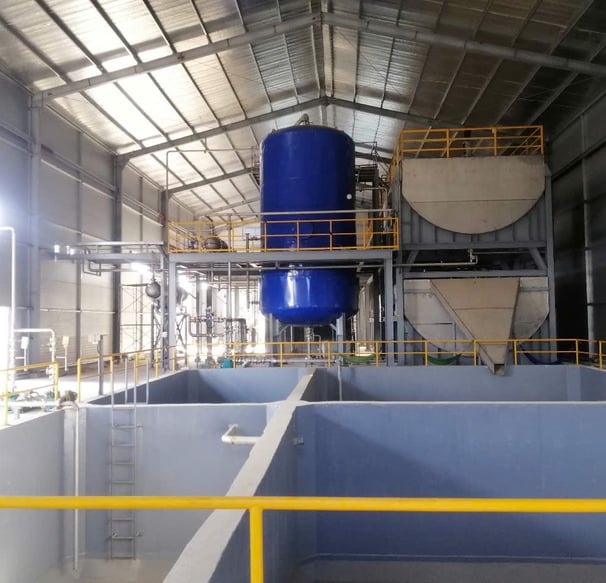

Cardanol is a natural phenolic lipid compound, derived from anacardic acid, the main component of cashew nut shell oil (CNSL). It is a viscous, pale yellow to brown liquid, and has many industrial applications.
Main characteristics of cardanol:
Origin: Extracted from CNSL, a by-product of cashew nut processing.
Chemical structure: Has a phenolic structure with an unsaturated hydrocarbon tail, creating special properties.
Properties:
Hydrophobic (insoluble in water).
Highly reactive.
Antioxidant properties.
Applications of cardanol:
Plastic production: Cardanol is an important raw material for the production of phenolic resins, used in many applications such as friction materials, insulation materials and adhesives.
Coating materials: Used in the production of paints, varnishes and protective coatings.
Surfactant: Cardanol is used as a surfactant in many industrial applications.
Friction industry: Cardanol is used in friction materials.
Chemical production: Cardanol is a raw material for many chemical reactions to produce different products.
Summary:
Cardanol is a valuable compound with many industrial applications, and is a good example of using agricultural by-products to create high-value products.
Cardanol
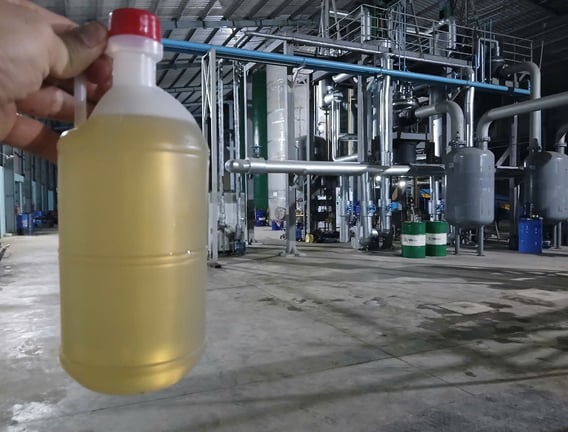

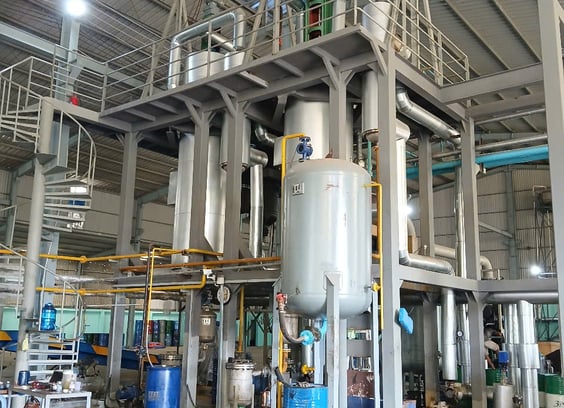

Cardanol residue is a by-product remaining after the extraction of cardanol from cashew nut shell oil (CNSL). CNSL is a complex mixture of phenolic compounds, of which cardanol is a major component. After cardanol is extracted, the residue is called cardanol residue.
Characteristics of cardanol residue:
Composition:
Cardanol residue contains other phenolic compounds, including cardol, anacardic acid, and phenolic polymers.
It may also contain other impurities from the extraction process.
Properties:
Cardanol residue is usually a dark, viscous liquid or solid.
It may be corrosive and has a characteristic odor.
Applications of cardanol residue:
Plastic production:
Cardanol residue can be used as a raw material for the production of phenolic resin.
These resins can be used in a variety of applications, such as friction materials, insulation materials, and adhesives.
Coating materials:
Cardanol residue can be used to produce paints, varnishes, and protective coatings.
Fuel:
In some cases, cardanol residue can be used as a fuel.
Other applications:
Cardanol residue can also be used in the production of surfactants and other chemicals.
In summary:
Cardanol residue is a valuable by-product that can be used in a variety of industrial applications.
Cardanol residue




Pyrolysis oil is a complex liquid fuel produced through the pyrolysis of biomass. This process involves heating organic material (such as wood, agricultural waste or plastic) in an oxygen-free or low-oxygen environment.
Characteristics of pyrolysis oil:
Complex composition:
Pyrolysis oil contains a complex mixture of organic compounds, including hydrocarbons, carboxylic acids, phenols and other oxygenated compounds.
Color and viscosity:
Usually dark brown to black and highly viscous.
Properties:
Acidic and high in water content.
May contain impurities such as ash and solid particles.
Production process:
Biomass is heated in a pyrolysis furnace at high temperatures (typically 400 to 600°C).
The organic vapors produced are cooled and condensed into a liquid, which is pyrolysis oil.
The process also produces by-products such as biochar and gas.
Applications:
Fuel:
Pyrolysis oil can be used as a fuel for thermal and electrical applications.
It can be upgraded to produce transportation fuel.
Chemical:
It can be used as a feedstock for the production of various chemicals.
In summary:
Pyrolysis oil is a potential product from biomass pyrolysis, which can be used as a fuel or a chemical feedstock.
Pyrolysis oil
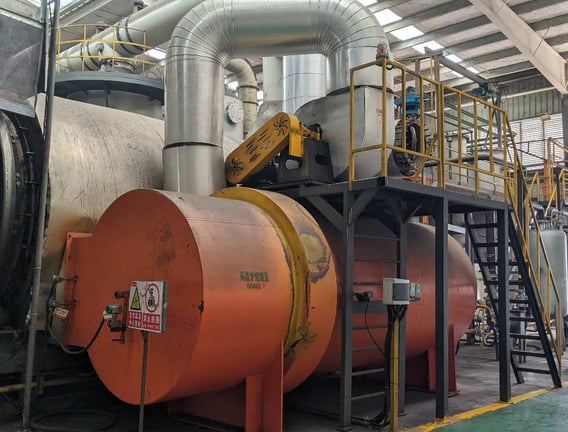

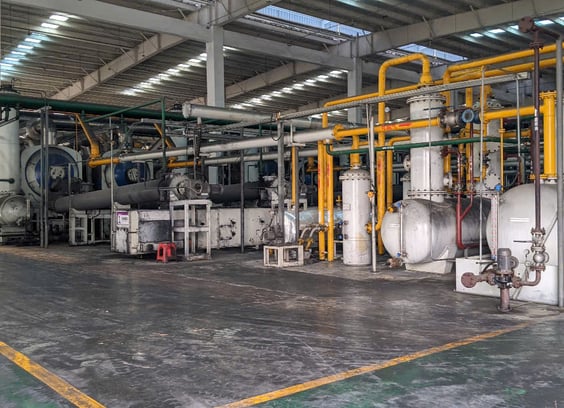

"Biofuels play a key role in building a sustainable future. By reducing our dependence on fossil fuels, we not only significantly reduce CO2 emissions, contributing to the fight against climate change, but also improve air quality and protect public health. Furthermore, the renewable origin of biofuels from agricultural products and biowaste ensures the conservation of natural resources, while opening up new job opportunities in the agricultural and processing industries. The transition to biofuels is not only an environmental choice, but also a smart economic strategy, promoting green and sustainable growth."
★★★★★
